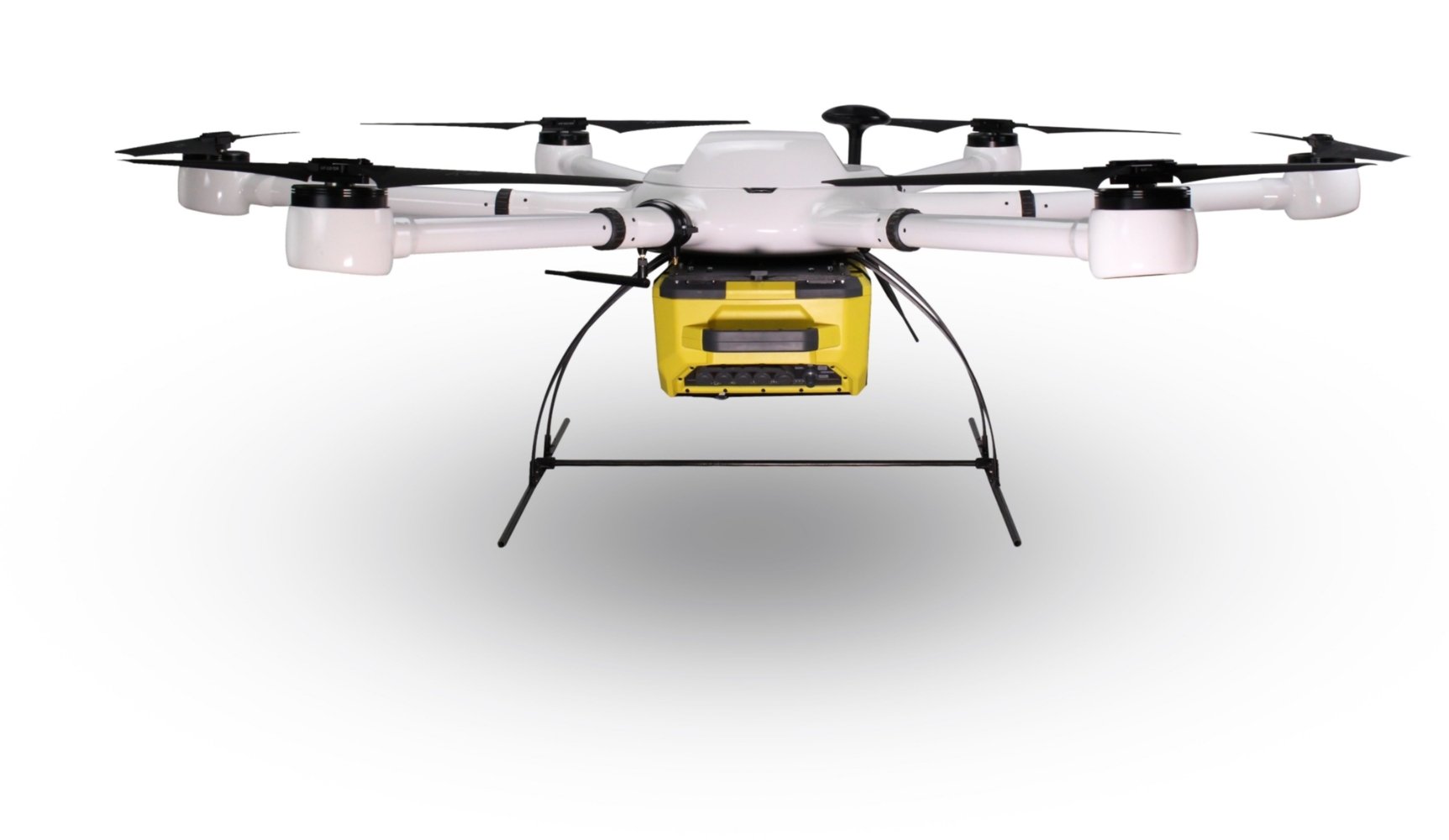
In times of the corona crisis, all the other problems that this world is facing, seem at first glance to have been put on the back-burner. Even where protecting the climate is concerned. But this is not the case at all. The ISAW team at the University of Stuttgart is currently working on a much more far-reaching survey of the concentrations of harmful emissions in the air and on more accurate modeling of their dispersion. The researchers cite greenhouse gases like methane, nitrous oxide, or carbon dioxide as examples, which are emitted by businesses such as garbage dumps or biogas facilities.
These emissions are recorded using a heavy lift drone and an infrared measuring method known as Fourier Transform Infrared Spectroscopy (FTIR). It is used, among other things, in biogas or composting facilities, livestock farms, and even for measuring reservoirs. Up until now, emissions have always been recorded by taking spot measurements in the facility itself or at measurement points on the slipstream side of the facility and then extrapolating the total emissions. However, scientists say that these types of measurements are really too inaccurate for targeted and effective climate protection measures.
“What we need is a measurement method that allows us to record and model the gas plume at all altitudes and under various wind conditions,” explain Imke Wessel and Martin Reiser from the Institute for Sanitary Engineering, Water Quality and Solid Waste Management (ISWA) at the University of Stuttgart. The drone method in combination with the linked FTIR is a step in this direction.

Two to three hours for a few days per year
The new measurement system can be easily implemented at any point or height and orbit one or more emission sources, the scientists explain. “This enables a targeted and detailed measurement of the gas plume itself as well as atmospheric concentrations. Moreover, the measurement fly-bys are not very time-consuming, as two to three hours for a few days per year are more than enough.”
This system became a viable option because the load-bearing capacity of heavy lift drones had recently expanded even further. Plus, a lightweight fully-operational FTIR weighing just under 10 kg was introduced not so long ago too. The drone is currently being used in a research project for the “metrological verification of the effectiveness of climate protection projects at waste disposal sites” (MÜDSE). This is being funded by the German Ministry of the Environment, Climate Protection and the Energy Sector Baden-Württemberg.
The next step is to carry out further research in order to clarify “which adjustments need to be made when modeling gas dispersion or calculating the actual volume of greenhouse gases emitted.”
Title photo: Heavy lift drone with portable FTIR spectrometer. Photo: exabotix




